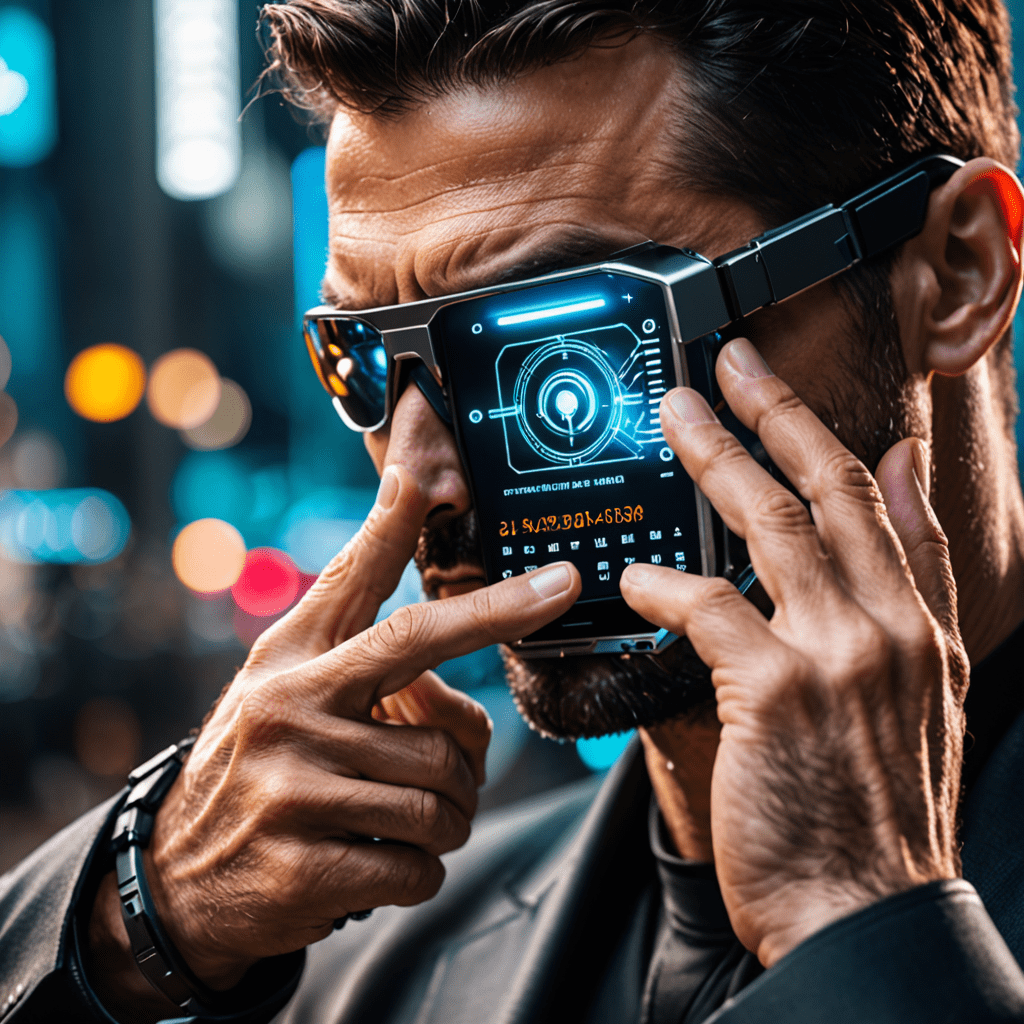
Wearable Tech and Cybersecurity: Protecting Devices from Threats
The Rise of Wearable Technology
Wearable technology, such as smartwatches, fitness trackers, and augmented reality glasses, has become increasingly popular. These devices are designed to seamlessly integrate into our daily lives, offering convenience, health tracking, and enhanced connectivity. However, as wearable tech adoption grows, so do concerns about cybersecurity.
Understanding the Cybersecurity Risks
Despite their benefits, wearable devices can be vulnerable to cybersecurity threats. From data breaches and identity theft to device hijacking and unauthorized access, the risks associated with wearable tech are significant. As these devices often collect and store sensitive personal data, protecting them from cyber threats is paramount.
Securing Wearable Devices
To mitigate cybersecurity risks associated with wearable tech, it’s essential to implement robust security measures. This includes utilizing strong, unique passwords, enabling two-factor authentication, keeping devices and accompanying apps updated, and leveraging encryption to protect data transmission.
Ensuring Data Privacy
Wearable device users must also prioritize data privacy. It’s crucial to carefully review and understand the privacy settings of wearable apps and devices, limit data sharing, and grant permissions judiciously. Additionally, being mindful of the information shared through these devices can significantly enhance data privacy.
Educating Users on Cybersecurity Best Practices
Promoting awareness about cybersecurity best practices is vital. Wearable tech manufacturers and app developers should educate users on the importance of cybersecurity, providing clear guidelines on securing devices, recognizing potential threats, and responding to security incidents.
The Role of Regulation in Wearable Tech Security
Regulatory bodies play a crucial role in ensuring the security of wearable technology. By establishing and enforcing standards for cybersecurity and data protection in wearable devices, regulatory agencies can help safeguard consumers and mitigate potential vulnerabilities.
Conclusion: Navigating the Intersection of Wearable Tech and Cybersecurity
As wearable technology continues to evolve, the need for robust cybersecurity measures becomes increasingly imperative. By implementing proactive security strategies, prioritizing data privacy, fostering user education, and advocating for regulatory standards, the industry can work towards securing wearable devices and protecting users from cyber threats.
Wearable Tech and Cybersecurity: Protecting Devices from Threats
What are Wearable Devices?
Wearable devices, or wearable tech, refer to electronic technologies or devices that are worn on the body as accessories or implants. These devices can perform a variety of functions, from monitoring health and fitness to providing notifications and communication capabilities.
What are the Security Risks Associated with Wearable Tech?
Security risks associated with wearable tech include data breaches, privacy concerns, unauthorized access, and potential exposure to malware or viruses. Since these devices often collect and transmit personal data, they are vulnerable to cyber threats.
What Measures Can I Take to Protect My Wearable Tech?
To protect wearable tech from cybersecurity threats, it’s essential to keep devices and their associated apps updated with the latest software patches and security features. Using strong, unique passwords, enabling two-factor authentication, and avoiding unsecured Wi-Fi networks can also enhance security.
How Can I Secure Health and Fitness Data on Wearable Devices?
To secure health and fitness data on wearable devices, users should ensure that their devices are encrypted and implement strong security measures, such as biometric authentication, whenever possible. Additionally, it’s important to carefully review and understand the privacy settings and data-sharing policies of the associated apps and devices.


